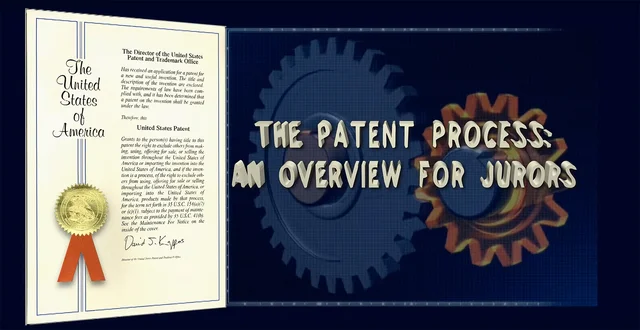
In an opinion today, visiting Judge Kennelly (N.D. Ill.) rejected the idea that an accused infringer could bring an IPR, receive a claim construction in that IPR, and then argue that that construction is "intrinsic evidence" that, by itself, merits adopting the construction in the district court case.
In XMTT, Inc. v. Intel Corp., C.A. No. 18-1810-MFK, D.I. 293 (D. Del. July 22, 2022), the PTAB had proposed and applied its own constructions for the claims, and accused infringer Intel ultimately lost the IPR. Intel then appealed, and the Federal Circuit affirmed without reaching the merits of the claim constructions.
While the IPR was pending, Intel argued that the …







